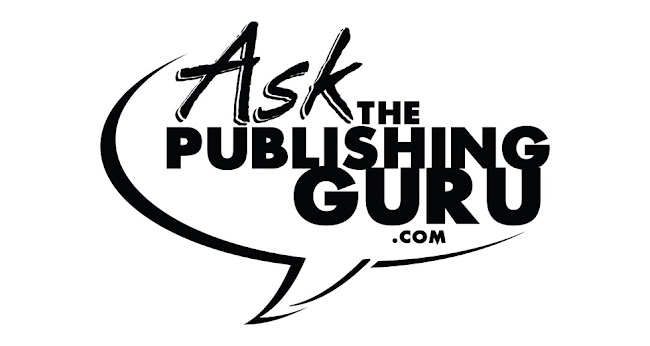If you want to learn to write children's books, you should absolutely start by reading some of them, this is because after you have read a few, there are a few things that snap into focus. The first thing that you will likely notice is that all of these books have some sort of conflict that is resolved at the end, and after you have created a good character and a good setting, you are going to need a conflict or a difficulty that he or she needs to overcome. The conflict gives your character something to do, and something to fight for; essentially it gets the story off to a good start.
Remember that particularly if you are writing children's books, you do not need the conflict to be very large or very earthshaking. On the other hand, just because the conflict does not seem large or upsetting for you as the writer that doesn't mean that it can be the same for the character! Your character needs to be involved in the conflict, and they need to be dedicated to resolving it. Whether your character's conflict is conquering the monster under the bed or just wondering where the missing sock went, you'll find that he or she needs to be involved in solving it. If you can make your character care about the issue, you can likely make the audience care as well.
In some ways, children's books have the same requirements as adult books. Think about reading a story where the hero goes to the store to pick up some milk; unless something interesting was happening or unless something was being resolved, it would make for a dull read. A children's book where everyone goes to the zoo and looks at the animals might work for very young children who just want to look at the animals, but older children will swiftly want a story where "something happens," and if you want to learn to write, this is something that you need to provide your reader.
That being said, come up with a problem for your characters to solve. It can be a large effort or it can be a small one. Think about what your character wants and think about what he or she would do if that were taken away from them. A fraction of how you learn to write is going to be answering questions like this. Knowing your characters and what they want is extremely important, and you will find that once you give them a problem to solve, you have your story right there!
If you are interested in learning to write, remember that your conflict is going to be an important part of how your story will move forward. Remember that if you want to write children's books, conflict is going to be an important part of how you move ahead and what your needs are and you should learn to write conflict well. Take some time to recognize conflict in other people's children's books and to make sure that you understand how it is going to work in yours.
http://www.learntowriteachildrensbook.com. Sign-up for the free newsletter that will bring you regular writing tips and articles, straight to your inbox, on writing for children. It's well worth checking out!
Article Source: http://EzineArticles.com/?expert=Lisa_Brunel
http://EzineArticles.com/?Learn-to-Write-Conflict-in-Childrens-Books&id=3329470

